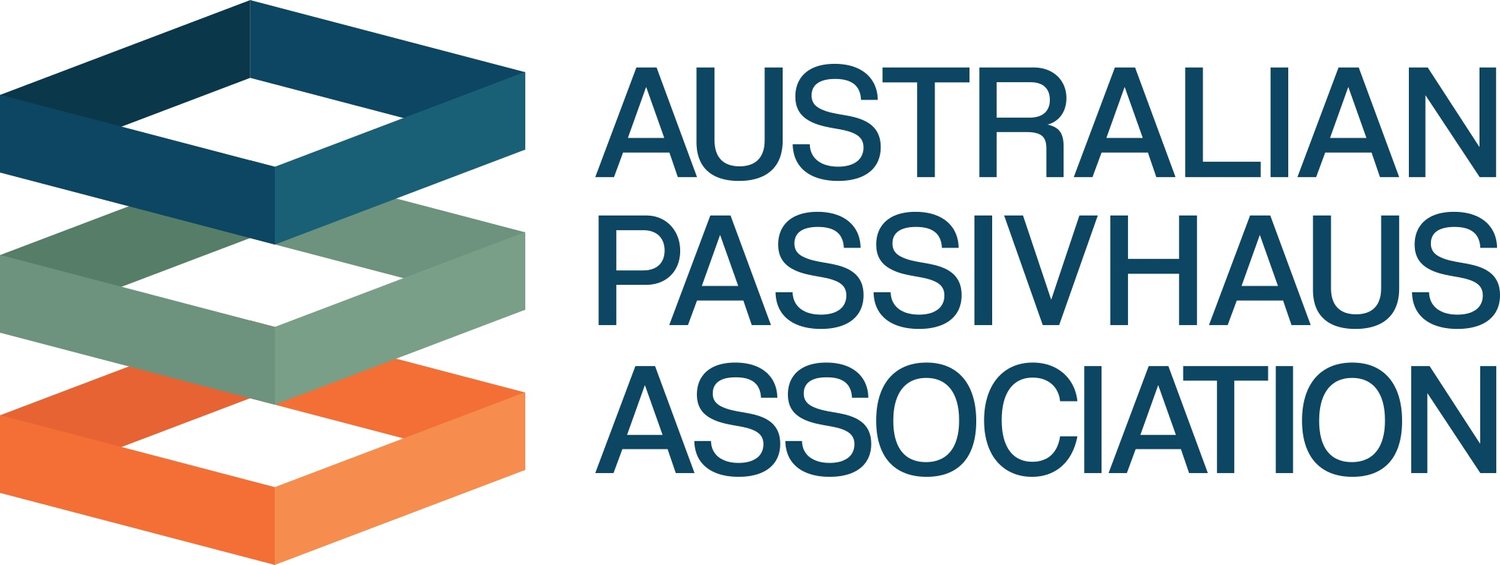Industry Associations Express Disappointment with South Australian Government's Decision on National Construction Code
Today, three industry associations representing a breadth of the built environment shared their profound disappointment with the South Australian government’s recent decision concerning the National Construction Code (NCC). The Australian Passivhaus Association (APA), ArchiTeam and prefabAUS state that the proposed changes will have significant implications, that will undermine occupant health, building quality, industry skills, while not achieving the goal of addressing affordability.
The decision to not advance beyond the current building standards (NCC 2022) over the coming decade means that new buildings will forgo the benefits of improved airtightness, insulation, optimisation of the building envelope. This could lead to persistent issues with building performance, mould, and moisture, thereby compromising the quality of the built environment and weakening the government’s commitment to achieving ambitious climate goals.
By not adopting the upcoming editions of the NCC, the South Australian Government is in effect locking the industry and its workforce’s skills to a position a decade behind other states.
While the rest of the world and other states are launching initiatives to improve current and existing building stock to enhance occupant livability and reduce operational costs, this decision is a 360-degree reversal.
As Australia aims to reduce carbon emissions – the building and construction sector is by far the largest emitter of greenhouse gases, accounting for a staggering 37% of global emissions—this will hinder progress.
The burden of these decisions will be left to homeowners with increased energy costs and placing additional pressure on already strained energy infrastructure, and buildings that are already compared to tents
If the goal is to control building costs, this strategy is short-sighted. The disparity between current and future standards will be substantial and unsustainable for South Australians when the updated NCC standards are finally adopted in 2034. Additionally, the South Australian building industry will need to allocate significant resources to upskill the outdated South Australian building industry workforce to comply with the 2034 NCC edition.
Furthermore, this initiative weakens South Australia's own Climate Change and Greenhouse Emissions Reduction Act 2007, as well as the state's climate goals announced by Premier Malinauskas in May 2022. South Australia declared a climate emergency and committed to transforming the economy to achieve net zero emissions. The state aims to reduce net greenhouse gas emissions by more than 50% by 2030 and achieve net zero emissions by 2050. The proposed freeze on NCC updates will hinder these objectives and negatively impact South Australian residents, the building industry, and the associated supply chain.
It is crucial for leaders to make challenging decisions that address long-term impacts rather than opting for short-term, convenient solutions, especially in the face of the climate crisis. An opportunity exists for the South Australian Government to collaborate with the industry. Our organisations are ready to assist the government and industry to find solutions that improve affordability while delivering quality and better environmental and climate performance.
South Australian Government should reconsider this controversial decision, which shortsightedly weakens industry standards while falling short on the broader societal, affordability and environmental needs.
Quotes
“If we are looking for savings, I’d suggest we think broader. Recent modelling shows that Passivhaus could save the UK $20 billion pounds in energy infrastructure investment over the next 20 years. It has been forecast that South Australia currently faces a 35-megawatt reliability gap between energy supply and demand in the summer of 2026-27.”
“This decision will deprive South Australians of healthier, more sustainable homes and lag best practices. Many existing buildings already suffer from mold due to poor envelopes, worsening health issues and increasing costs, with asthma alone costing Australia almost $28 billion annually. To put it in South Australian terms, this is a cost of $11,740.00 ”
“It's time we got serious about addressing our climate and energy issues and stopped viewing the solutions in a short-term siloed fashion.”
Alexia Lidas, CEO of the Australian Passivhaus Association
"By exempting certain areas from energy efficiency targets and delaying future NCC updates, the recent changes compromise both the quality of South Australia's housing stock and the reputation of our architects. This decision prioritizes short-term gains over long-term sustainability, risking a future of substandard living conditions and diminished economic growth. The impact on our built environment will be felt for generations."
Phoebe LaGerche-Wijsman, CEO of ArchiTeam
"Smart Building is a big part of the answer to achieving higher industry productivity and greater affordability. Marrying affordability with quality, this sector needs active support to grow and deliver for Australia."
Damien Crough, Executive Chair of prefabAUS

